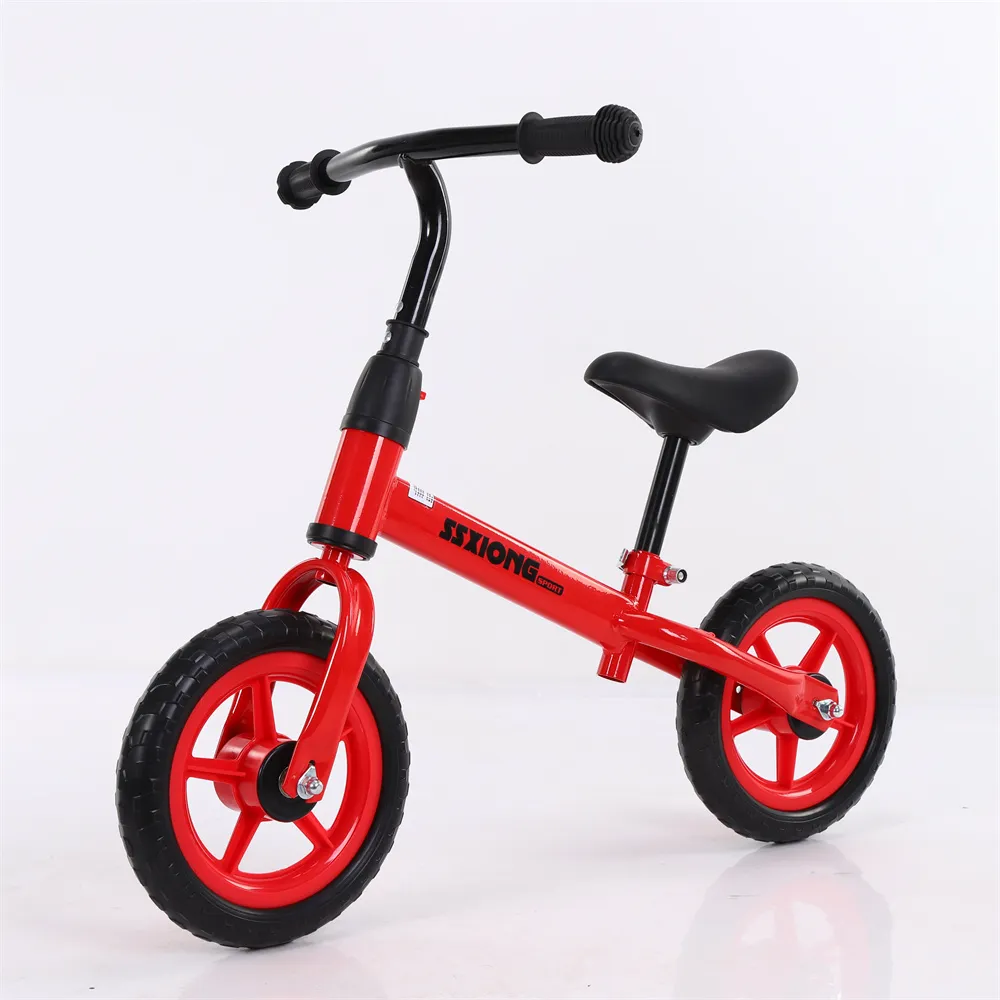how to select the ideal size for your mountain bike to enhance your riding experience
Choosing the Right Size Mountain Bike
Selecting the right size mountain bike is crucial for an enjoyable and comfortable riding experience. A bike that fits you well enhances your control, efficiency, and comfort, making your rides more enjoyable and reducing the risk of injury. This article will guide you through the key factors to consider when choosing the right size mountain bike.
Understanding Frame Size
Mountain bikes come in various frame sizes, typically categorized as small, medium, large, and extra-large. Frame size is usually measured in inches or centimeters. When determining the right size, the most important factor is your height and inseam length.
Frame Size Guide
Most manufacturers provide a size chart based on height. Here is a general guideline
- Small 5'0 - 5'4 (152 - 162 cm) - Medium 5'4 - 5'8 (162 - 173 cm) - Large 5'8 - 6'0 (173 - 183 cm) - Extra Large 6'0 - 6'4 (183 - 193 cm)
Ultimately, these sizes may vary slightly by brand, so it’s essential to reference the manufacturer's specific chart.
Inseam Measurement
In addition to height, your inseam measurement plays a vital role in determining the correct bike size. To measure your inseam, stand with your feet shoulder-width apart and place a book between your legs, pressing it up against your crotch. Measure the top of the book to the ground. Use this measurement to find a bike size that allows you to comfortably reach the ground with your feet while sitting on the saddle.
Test Riding the Bike
choosing the right size mountain bike

While size charts are a great starting point, nothing beats the experience of test riding the bike
. Pay attention to the following aspects1. Stand-over Height When you straddle the bike, there should be 1-2 inches of clearance between your body and the top tube. This ensures that you can dismount safely.
2. Seat Height Adjust the seat so that when you sit on it, your leg is almost fully extended at the bottom of the pedal stroke, while still maintaining a slight bend in the knee.
3. Reach While riding, you should feel comfortable reaching the handlebars without overstretching. Your elbows should be slightly bent.
4. Control Make sure you can steer the bike and navigate obstacles easily. A well-fitted bike allows for smooth and responsive handling.
Consider Your Riding Style
Your riding style should also influence the bike size you choose. If you prefer aggressive trails and downhill riding, a slightly larger frame may offer more stability. Conversely, if you lean towards cross-country riding or racing, a smaller frame may enhance agility and speed.
Adjustability and Customization
Lastly, remember that many mountain bikes come with adjustable components like seat posts and handlebars. If you're between sizes, consider how these adjustments can accommodate your body.
Conclusion
Choosing the right size mountain bike is an important decision that can significantly affect your riding experience. Take the time to understand the sizing charts, measure your inseam, and test ride several bikes. Ultimately, a bike that fits well will give you better control, comfort, and enjoyment on the trails. Happy riding!
-
Why Ride On Toys Are Every Kid’s FavoriteNewsApr.03,2025
-
Why a Mountain Bike is Perfect for Outdoor AdventuresNewsApr.03,2025
-
Why a Baby Tricycle is the Perfect First RideNewsApr.03,2025
-
The Joy of Learning with a Kids Balance BikeNewsApr.03,2025
-
The Fun and Benefits of a Childrens ScooterNewsApr.03,2025
-
Find the Perfect Kids' Bikes for Fun and AdventureNewsApr.03,2025
-
Perfect Color for Your Mountain BikeNewsFeb.27,2025








